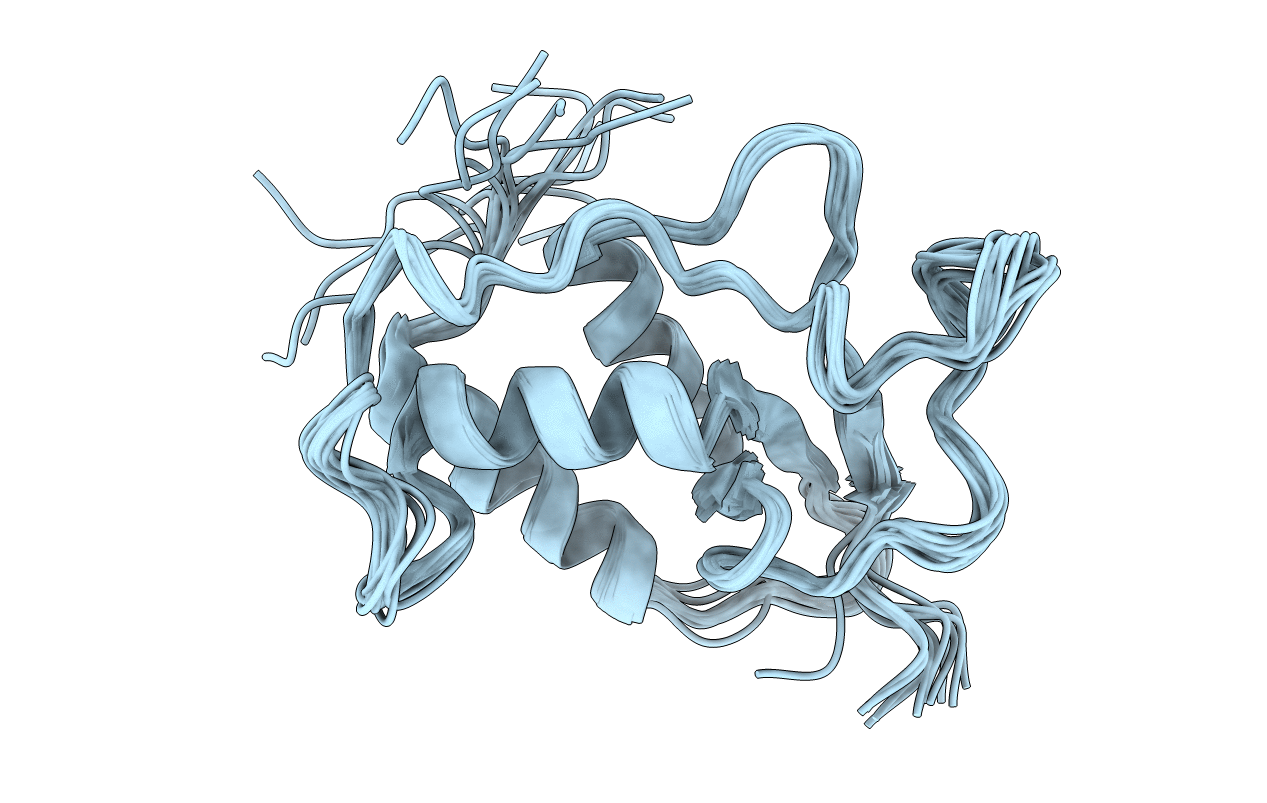
Deposition Date
2004-08-24
Release Date
2006-01-12
Last Version Date
2024-05-15
Method Details:
Experimental Method:
Conformers Calculated:
20
Conformers Submitted:
13
Selection Criteria:
SMALLEST MAXIMUM RESTRAINT VIOLATION


